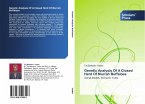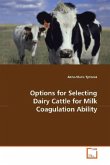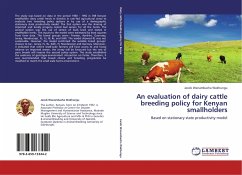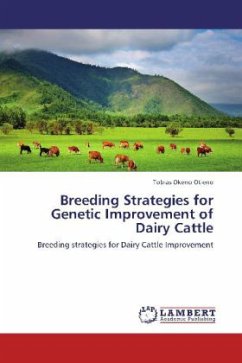Buffalo contributes 38.0 % milk in Asia. A total of 5033 records were utilized to investigate breeding efficiency (BE) and its various contributors. Effect of herd, period, season of calving, birth weight (BW), age at puberty (AAP), lactation yield (LY) and calving interval (CI) were analyzed. The effect of year and season of calving, lactation yield, calving interval, age at first calving and birth weight was found significant (P0.001), while that of herd was non significant. BE correlated positively with BW and LY and negatively with AAP, AFC and CI. It was concluded that birth weight was the most significant contributor. In the succeeding study herd, sire nested into herd and parity had a significant effect on lactation yield, while the effects of year, season of calving, year x season and age at puberty x season was found non significant. It was suggested that the milk production ability of dairy buffaloes was improved by increasing birth weight and an increasing maturity. The last study suggested that heritability estimates of first lactation economic traits provided a better tool for selective breeding.
Bitte wählen Sie Ihr Anliegen aus.
Rechnungen
Retourenschein anfordern
Bestellstatus
Storno








